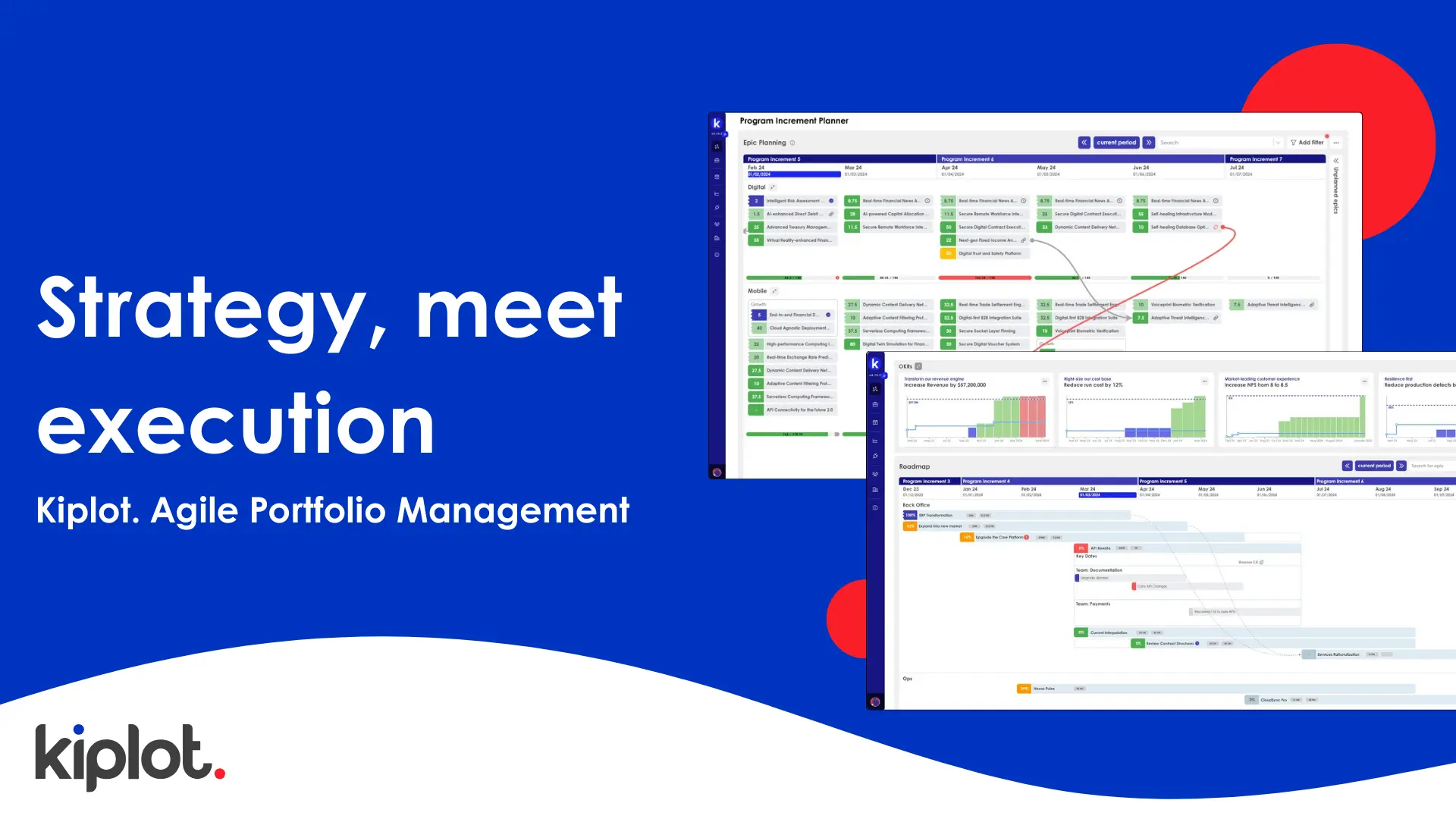Introduction
Is your agile transformation stalling before it even begins?
Organizations feel overwhelmed by the scale of the challenge ahead of them in the context of ‘agile transformations’. The volume of jargon, the consultants queuing up to provide their perspective, and the time-consuming reality of putting out today’s fires can make the path ahead feel like a mountain to climb.
This sense of feeling overwhelmed can paralyze leaders into inaction. This is characterized by the sentiment that “we’re not ready” and “I need to get my house in order first”. However, developing a robust agile transformation strategy pre-agile transformation can significantly mitigate these challenges.
To break through this paralysis, it is crucial for leaders to shift focus from the daunting magnitude of agile transformation to manageable, incremental steps. This involves slicing through the jargon and simplifying the process to understand what agile truly means for their specific organizational context.
By redefining agility goals to suit their unique challenges and opportunities, organizations can foster a more approachable and less intimidating initiation into agile practices. This proactive approach helps in gradually aligning daily operations with agile principles, ensuring a smoother transition and a solid foundation for future advancements
Unstoppable relentless changes in customer behaviors and expectations, combined with an ever growing, global competitive landscape, means that inertia is the biggest risk your organization faces to its long term survival.
But while the scale of what you are setting out to achieve is significant, it need not be seen as a mountain. In this short blog, we’ll share some things to consider to help you successfully get out of the starting blocks, and heading in the right direction.
Define the “why”
Before setting out, it is critical to understand why you’re setting out on your journey, and what you’re trying to achieve. Setting clear, achievable goals that describe the value you will create is important to avoid becoming over obsessed with implementing agile as an end in itself.
To that end, your goals should be focused on enabling agility, not on implementing Agile. These goals will most likely relate to concepts like increasing efficiency, increasing accountability or improving customer outcomes, which are among the key benefits of agile methodology. Ideally these goals should be objectively measurable – but if these metrics aren’t readily available, don’t get lost trying to get these set up first.
You should use these goals to help guide your prioritization and decision making.
At each point, you should ask yourself, “what am I trying to achieve with this change in way of working?”.
If the answer to that question is “implement Agile” or “that’s what it said on the SAFe website”, then you’re very likely to be at risk of implementing agile for Agile’s sake.
If the answer to the question is instead, for example, “increase the concentration of similar types of work, with the same teams to increase quality and speed of delivery”, then you’re heading in the right direction.
Expect to iterate and adapt, often
A common mistake is to approach your agile transformation assuming that you must first have a specific view of what the end will look like, and the exact path to get there. Introducing genuine agility to an organization requires a significant evolution of operating models, culture, tooling and processes. This change will take time and is full of unknowns, presenting various agile transformation challenges.
Expecting or planning to completely migrate away from traditional ways of working within a few months is unrealistic.
Instead, consider your agile transformation as you would the development of a new idea, or a product. Your focus should be to identify a collection of low impact, small changes that can be made to take the first step in the right direction.
This almost certainly means that you will be running a mixed portfolio of traditional (waterfall) projects, in combination with some agile initiatives to begin with. That’s OK, but when you’re designing processes to support this mixed portfolio, try to bias for simplicity.
“Excessive complexity is nature's punishment for organizations that are unable to make decisions.” (Gregor’s law)
Identify champions and pilot groups
We always recommend identifying pilot area(s) to act as the early adopters. Ideally, this pilot group should be selected from a forward-thinking team in your organization. The strategy is to start small, get it working, and work your way out from there to the rest of the organization.

Individuals who talk about reinventing the enterprise from the ground up, can mistake the agility mission as an anarchist crusade, rather than an enterprise transformation
Similarly, identifying trail blazing champions (an age-old change management concept) is another good tip. But remember, these champions should be individuals representing the bigger picture. Be careful appointing self-styled agile evangelists into these champion roles. These people often become a hinderance, rather than a help, sometimes failing to appreciate the pragmatism required to achieve change in a big organization.
Conclusion
Navigating an agile transformation can feel overwhelming, but by focusing on incremental progress and maintaining a clear vision of your goals, organizations can effectively manage this journey. With a considered agile strategy that addresses common agile transformation challenges and leverages the benefits of agile methodology, your organization can navigate the complexities effectively.
Agile transformation is not about a sudden overhaul but about embracing a continuous improvement mindset, aligning with strategic objectives, and fostering a culture of flexibility and innovation.
Kiplot's agile portfolio management software is designed to support organizations through this transformation. With tools that streamline resource allocation, enhance financial oversight, and integrate seamlessly with existing workflows, Kiplot accelerates your path to agile maturity.
Click here to read more about Kiplot’s software for enterprise that enables organization’s to enhance agility faster.

